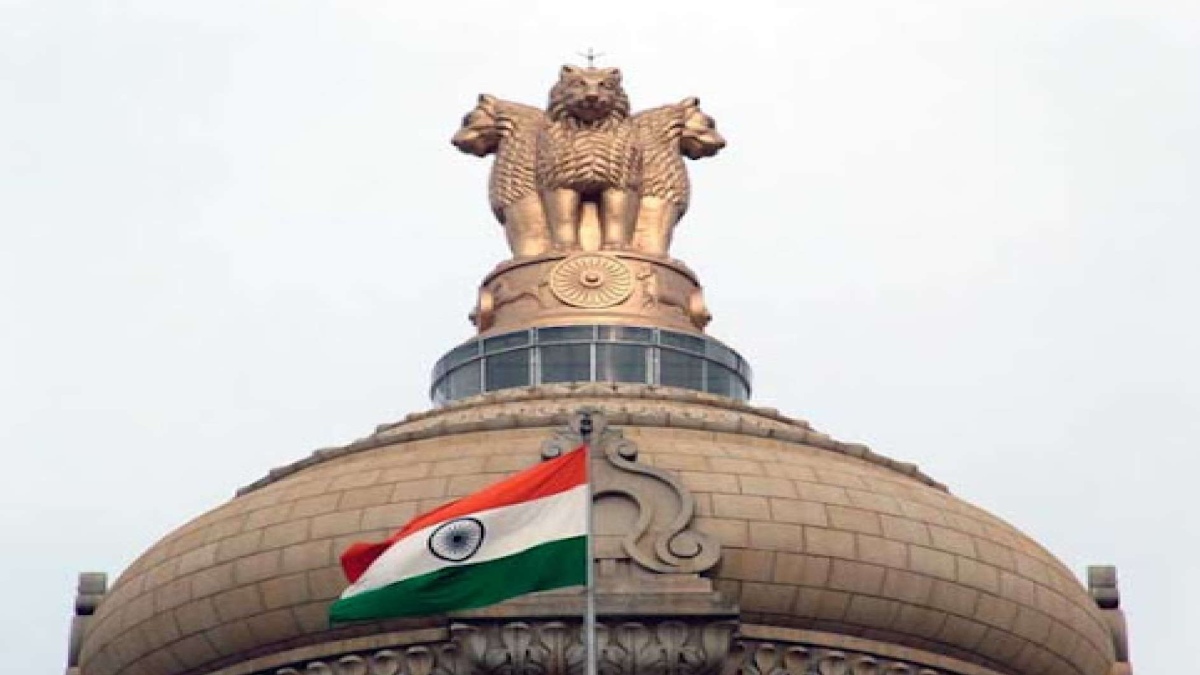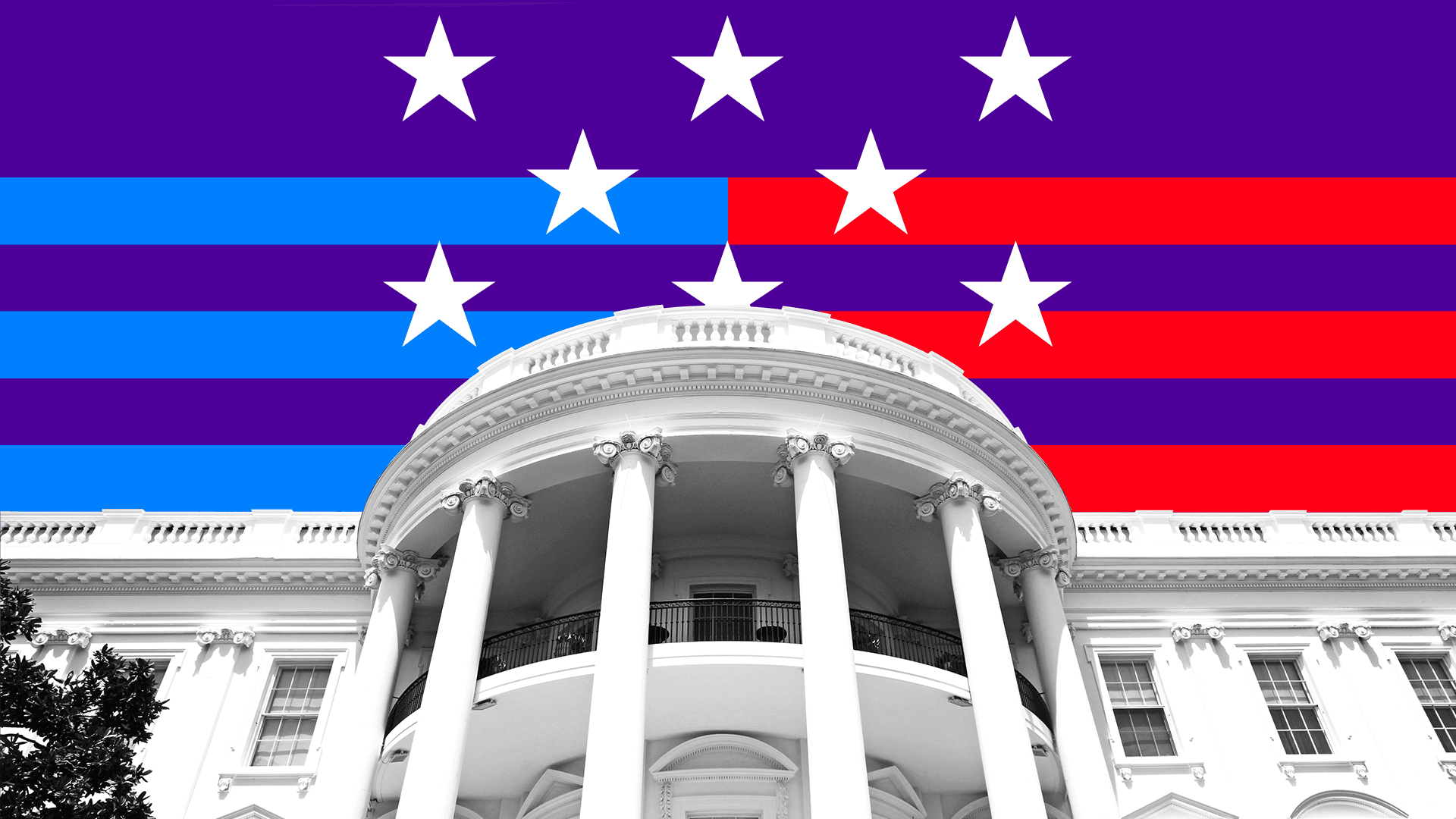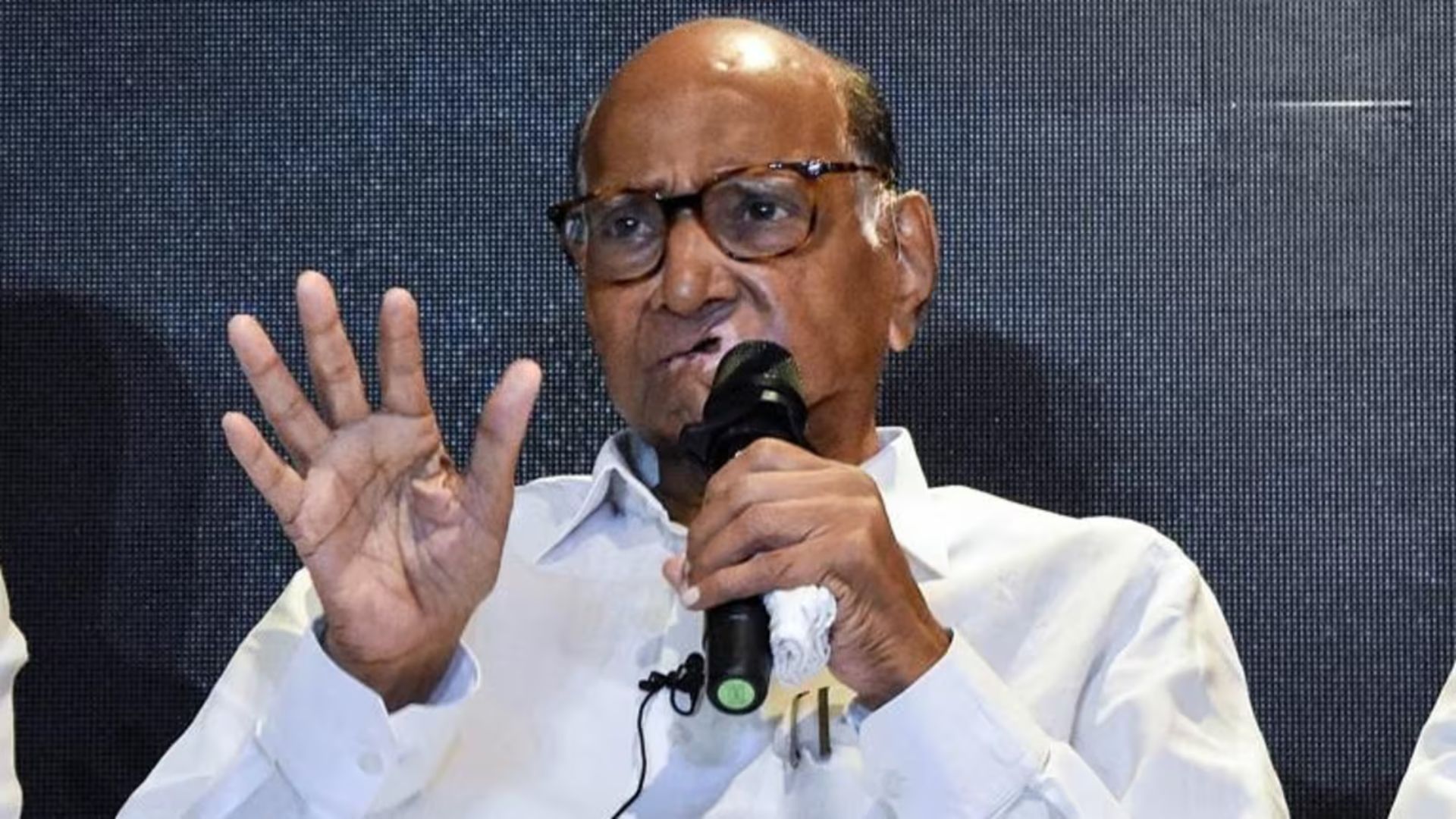
Frequent political use of administrative and regulatory agencies has now become a norm rather than an aberration. The role of Delhi police in riots to the recent Lakhimpur Kheri violence the Apex Court has repeatedly indicted the government for dragging its feet when it has to protect its ideological lawbreakers but leapfrog all legal requirements when it comes to arm twisting an innocent in the opposition camp. What could be a better example than Aryan Khan’s imprisonment for 26 days in complete defiance of purpose set forth in the Narcotics Drugs and Psychotropic Substances Act 1985.Yet the most brazen intrusion by a regulatory agency Central Administrative Tribunal (CAT) gets a public mocking in the case of Alapan Bandyopadhyay from the Calcutta High Court. In an environment of subjugating any voice of dissent the government has been riding upon compliant regulatory bodies irrespective of legal logic or integrity of governance.
In case of Aryan Khan the legality of arrest was based upon four major sections of the NCB Act ie; section 8(c), 20(b), 27 and 35. Section 8(c) mainly deals with producing, manufacturing, possessing, selling, purchasing, transporting, using, consuming, importing, exporting any narcotic drug or psychotropic substance. Section 20(b) deals with penalties for Cannabis production, possession and use etc. The consumption of narcotic drug or psychotropic substance comes under Section 27 and Section 35 which states ‘presumption of culpable mental state’ has clearly established that a fact is said to be proved only when the court believes it to exist beyond a reasonable doubt and not merely when its existence is established by a preponderance of probability. The flimsy grounds of NCB which were bared in the court were questioned on what could be a conscious possession of narcotic or psychotropic substance.The NCB’s blindfolded vengeance against a celebrity boy gets it into the firing range of Bombay High Court
Another case which could be put at par as far as the domestication of regulatory agencies is concerned is the case of Alapan Bandyopadhyay. Alapan’s controversy started 21st May a few days before his retirement on 31st . He failed to receive Prime Minister Narendra Modi at the Kalaikunda airbase in West Midinapore which provoked the Central government to push his transfer orders and issue a show case notice to him under the Disaster Management Act (DMA)2005. The fact that the Central Government could go so far as to invoke the DMA 2005 against a Chief Secretary of a State but not against innumerable acts of defiance which led to the spread of Covid-19, starts a disproportionate battle. Many such incidents escaped notices under the DMA 2005 IE; to begin with, the Lt.Governor of Delhi for enabling the congregation of Markaz in the city, or the UP Government for forcing overcrowding by migrant workers at its borders and then spraying insecticides and sanitizers over them, or to the Agriculture Minister for his failure to address and diffuse farmers protests in the midst of the pandemic. State responsibility over its citizens is not segmented but a holistic care-taking where the right to life is to be protected with dignity of human life. Pandemic related responsibilities which emerge from the DMA 2005 demanded many show cause notices to Chief Secretaries and District Magistrates who rallied around Chief Ministers in other states.
Notwithstanding Alapan’s transfer orders, the West Bengal Chief Minister Mamata Banerjee wrote to Prime Minister Narendra Modi that the Government of West Bengal will not be relieving Chief Secretary Alapan as directed by the Central government. Later Alapan was appointed as the principal adviser to Chief Minister Mamata Banerjee. He had filed his case before the Central Administrative Tribunal bench in Kolkata but CAT for reasons unexplained, transferred his case unilaterally to the principal bench, Delhi, without an inkling to Alapan who was getting ready for his scheduled hearing on 24th Oct. There was no logical provocation or need to transfer this case of a retired IAS officer of West Bengal cadre to Delhi and it explicitly appears to have been done under some pressure. When the case comes to the Calcutta High Court, facts start unwinding and forcing the Court to condemn CAT Principal Bench as ‘overzealous’ to cater to the fiat of the government and it paid ‘obeisance to the diktat of the Union of India’. The Bench of Justices Sabyasachi Bhattacharyya and Rabindranath Samanta expressed their shock on seeing what gets mention in their order,that, “The entire modus operandi adopted by the Union reeks of mala fides. It is unfortunate that the Principal Bench of the CAT nurtured such efforts by passing the impugned transfer order’. The Court was also not shy to point out that government was made to be a favoured litigant which should not have been the norm as justice dispensation brought higher responsibilities upon the Central government not extra favours.
The Court also took note of the fact that the Principal Bench violated the legal right conferred on the writ petitioner under Rule 6 of the CAT (Procedure) Rules, 1987, that an application shall ordinarily be filed by an applicant with the Registrar of the Bench within whose jurisdiction the applicant is posted for the time being, or that such application shall be heard and disposed of by the Bench which has jurisdiction over the matter. Since the case was unilaterally transferred from West Bengal to Delhi Principal Bench in defiance of the jurisdictional condition enshrined in CAT (Procedure) Rules 1987 to provide appropriate protection to the civil servants against political engagements, much more appeared on surface. The CAT orders also went against the spirit of Section 35 and 36 of The Administrative Tribunals Act (ATA) 1985 in which the ‘rule making power’ by an ‘appropriate government’ has been explained with clarity.The Court highlighted that Section 25 of the ATA 1985 does not grant an unfettered right to the Chairman of CAT to transfer cases but this can only be done on receiving an application from either of the parties and after serving notices to the parties and giving them a hearing. This condition also restricts the Chairman’s use of ‘desire’ to act, as given in Section 25 and his culpability on unilaterally transferring Alapan’s case to the Delhi’s Principal Bench. The IAS officers are well protected under the Constitution and when CAT Chairman takes a legal flight of this type, the Officer also loses his protection under Art 14 of the Constitution which is the basic norm, order or rule that forms an underlying legal morality embedded in a Constitution. Hans Kelson a German jurist called it Grundnorm from where emerges the ATA 1985 and the CAT (Procedure) Act 1987.
The Court then gave a serious warning in its judgement against the ripple effect of CAT orders that; it was a serious threat to the federal structure enshrined in the Constitution, the Chairman of CAT worked through his whims and fancy rather than a logic of law. The judges opined that the condition of prior ‘notice’ and ‘hearing’ cannot be ‘hollow clichés’ and Alapan should have been given a hearing. It obviously reflects a threat that mere application of such personal whims can be dangerous trends in Indian administrative systems. The Court also expressed shock that the transfer petition was disposed of by the Principal Bench with less than 24 hours’ notice to the petitioner. How can CAT be headed by such politically motivated Chairmen. What the Court missed to address was the appointment processes to head these regulatory bodies is marred in non-meritorious Chairmen, lack experience and also their commitment to the cause of nation building.
Indian administrative system has always been challenged by the recurrent attempts made by political masters to use them as shields in their malpractices. Max Weber had anticipated this trouble and brought to debate control of administration by Parliamentary Committees. He had also agreed that the ultimate test of ethics in administration is the administrator himself. Those who chose to become flag marchers of the party in power have made a dangerously selfish choice to destroy generations for a moment of seizure of a sand castle. Aryan and Alapan have almost won their battles but the lessons coming out from their cases in Bombay and Calcutta High Courts, highlight the slurring impact of such sand castle officers controlling regulatory bodies like NCB and CAT upon the honour and integrity of Indian administration. With ostentatious celebrations taking place in the name of the Iron Man Sardar Patel across the country, it is time to rethink that he created Indian Administration with immense caution and vision for a strong, integrated and progressive India and not the one which is frequently scolded in every Court for being slavish and failing in their compliance to a ‘due process of law’.
The author is president, NDRG, and former Professor of Administrative Reforms and Emergency Governance at JNU. The views expressed are personal.















